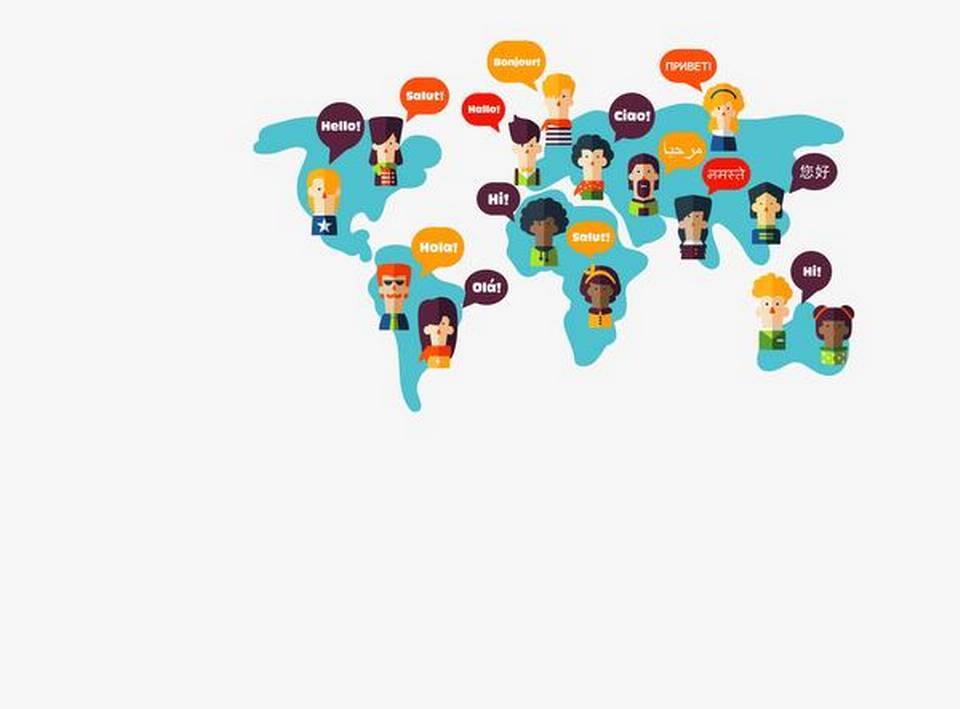
India should evolve a teaching-learning system that will not only encourage competency in the mother tongue but also in multiple languages
You taught me language, and my profit on ’t/ Is I know how to curse. The red plague rid you/ For learning me your language! –Caliban to Miranda in The Tempest, Act I, Scene 2
Modern education has ‘Calibanised’ our learners and made them “languageless”. Unsurprisingly, recruiters of multinational companies complain that job seekers lack rudimentary competence in English. More demoralizing are reports that students are unable to ace their examinations in their own mother tongue and struggle to read even the prescribed textbooks. Teachers of regional languages bemoan that learners find it an “uphill task to put their thoughts into words, deliver any important information and that their expressions often sound bland and disengaging.”
The list of prerequisites for the 21st century workforce includes communicative competence as one of the essential skills. But other skills such as creative and critical thinking, problem-solving, storytelling, and a growth mindset are also language-dependent. Further, cognitive skills such as comprehension, analysis, synthesis, and evaluation can hardly be exercised sans linguistic competence. However, educationists concede that schools are churning out generations of learners, who function merely as bots programmed to carry on with their daily routines.
There are three major accusations for the decline of competence in one’s mother tongue. But there are also possible answers.
English, the villain: English-bashing has become a common practice, among politicians in particular, and many call it “a killer language”, “a linguistic terrorist”, “an imperialist language”, “an elitist language”, among other pejorative terms. Besides accusing English-medium schools, they affirm that the glamour that English enjoys even among the poorest is the primary and, perhaps, the sole cause for the accelerated decline in competence in the mother tongue. However, the current reality shows that the so-called native English-speaking countries exhibit new linguistic landscapes. For instance, Londoners speak more than 300 and New Yorkers over 800 languages. The globalised world is still a babble of multiple tongues. The 2011 census reveals that India is becoming a country of polyglots; one in three speaks two or three languages. In fact, ours has always been a land of multiple languages. Hence English is just being used as a punching bag.
Demonizing social media: Another scapegoat is social media. These platforms allow informal language with slang, ungrammatical constructions, incorrect spellings, transliterations, erratic punctuation marks, emojis, and focus on flippant ‘statuses’ that rarely demand a sophisticated level of linguistic competence. However, learners can be weaned away and coaxed to engage in tasks for the betterment of their own language competence. Studies have shown strategies and techniques to create new genres of literature, viz., flash fiction, dribble, drabble, ‘blooks’, ‘literature’, digital poems, found poems, and poem collage.
Teachers’ incompetence: Although it is difficult to reject this criticism, several continuous professional development programs (CPDs) have been put in place by both governmental and non-governmental agencies. But the results are either limited or not as desired. A multi-modal approach to the teaching-learning process could positively address this issue. The current pandemic has taught us to swing seamlessly between offline and online worlds. The new curriculum design must integrate materials from a variety of sources including mass and social media with print, audio, video, infographics, podcasts, and so on to minimize teacher interventions and to let learners access these resources autonomously.





















